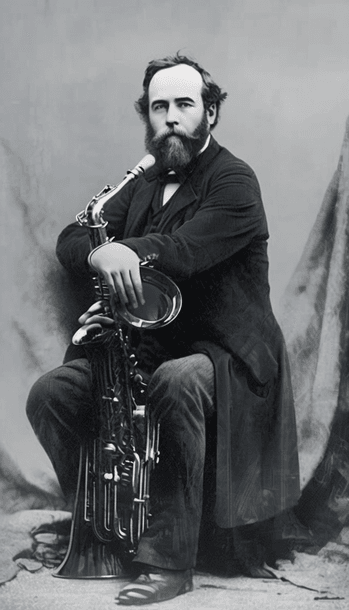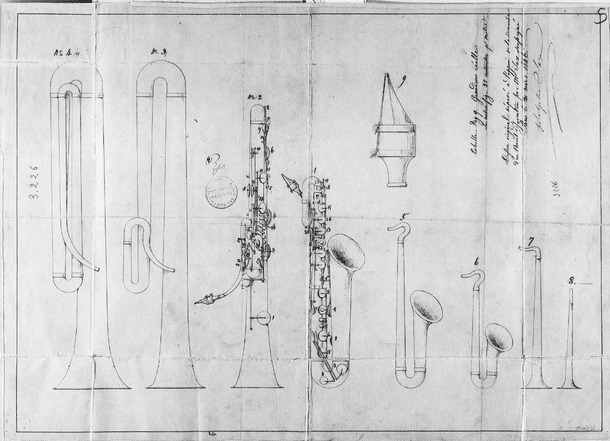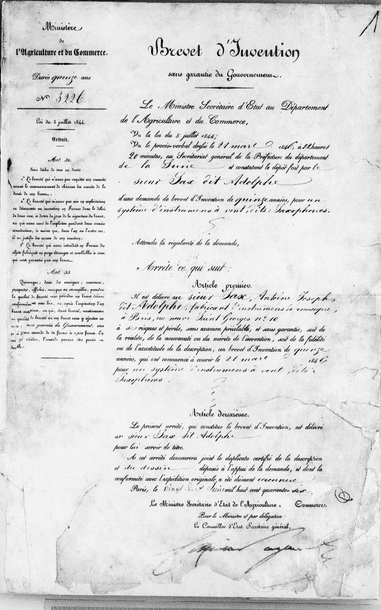Celebrating Adolphe Sax: The Pioneer Behind the Saxophone

Today marks the anniversary of Adolphe Sax’s landmark achievement—the patenting of the saxophone. Sax, born Antoine-Joseph Sax in Belgium, was not just an inventor but also a skilled flautist and clarinettist. His visionary creation, patented on June 28, 1846, has since left an indelible mark on the music world.
The Birth of the Saxophone
Around 1840, Sax began designing saxophones, debuting his first bass saxophone tuned in C at the Brussels Exhibition in 1841. By 1846, he secured a 20-year patent for a family of saxophones ranging from sopranino to subcontrabass. Sax aimed to bridge the tonal gap between woodwind and brass instruments, envisioning a series of 14 saxophones, though only a few were ever realized.
A Visionary's Journey

Around 1840, Sax began designing saxophones, debuting his first bass saxophone tuned in C at the Brussels Exhibition in 1841. By 1846, he secured a 20-year patent for a family of saxophones ranging from sopranino to subcontrabass. Sax aimed to bridge the tonal gap between woodwind and brass instruments, envisioning a series of 14 saxophones, though only a few were ever realized.
The Legal Battles
Sax's first patent for the saxophone, granted on June 28, 1846, covered a family of instruments in various sizes, but only the tenor and bass saxophones were initially constructed. These instruments were designed to produce a powerful sound that was suitable for both orchestral and military band use, combining the agility of woodwinds with the volume and projection of brass instruments. Initially granted for 20 years, the patent included detailed descriptions and illustrations of the instrument's design and mechanics, highlighting Sax's innovative approach to wind instrument construction.
However, securing the patent was just the beginning of Sax's challenges. Despite the legal protection, he faced numerous legal battles with rival instrument makers who contested his designs. These disputes led to ongoing litigation throughout his career as competitors sought to undermine his patent and capitalize on his groundbreaking work. Sax's perseverance in defending his inventions was as remarkable as his ingenuity in creating them, ensuring that his legacy endured despite the relentless challenges.
The Legacy of Innovation

Adolphe Sax’s contributions to music are profound, and his story is a testament to the importance of protecting and nurturing innovation. His patents not only safeguarded his creations but also encouraged the development of new musical expressions and techniques
Are you an inventor or entrepreneur with a groundbreaking idea?
Just as Adolphe Sax’s patent protected his revolutionary instrument, securing a patent can safeguard your innovations. At KOREJZOVA LEGAL, we specialize in intellectual property law, ensuring your creations are legally protected and able to thrive in the marketplace. Contact us today to learn how we can help you ensure your legacy endures.